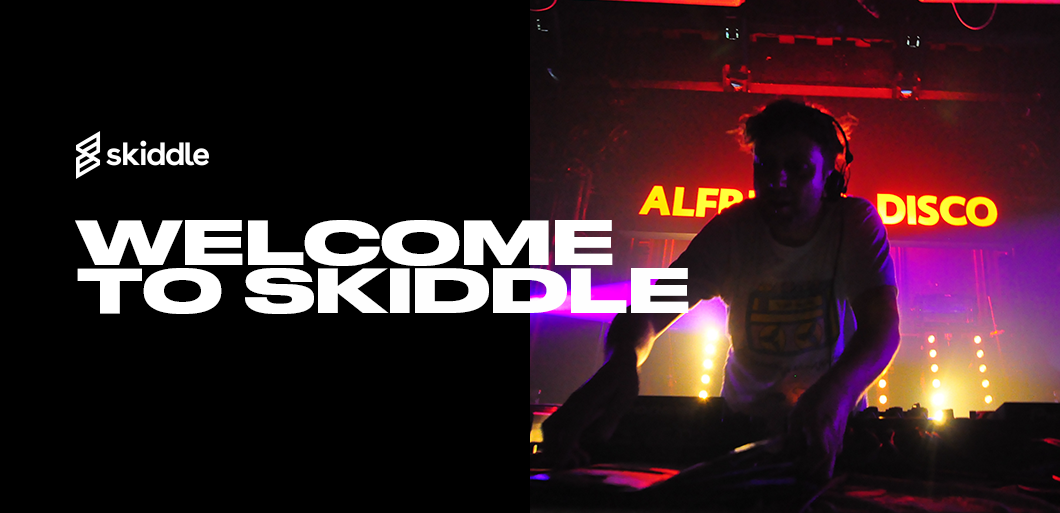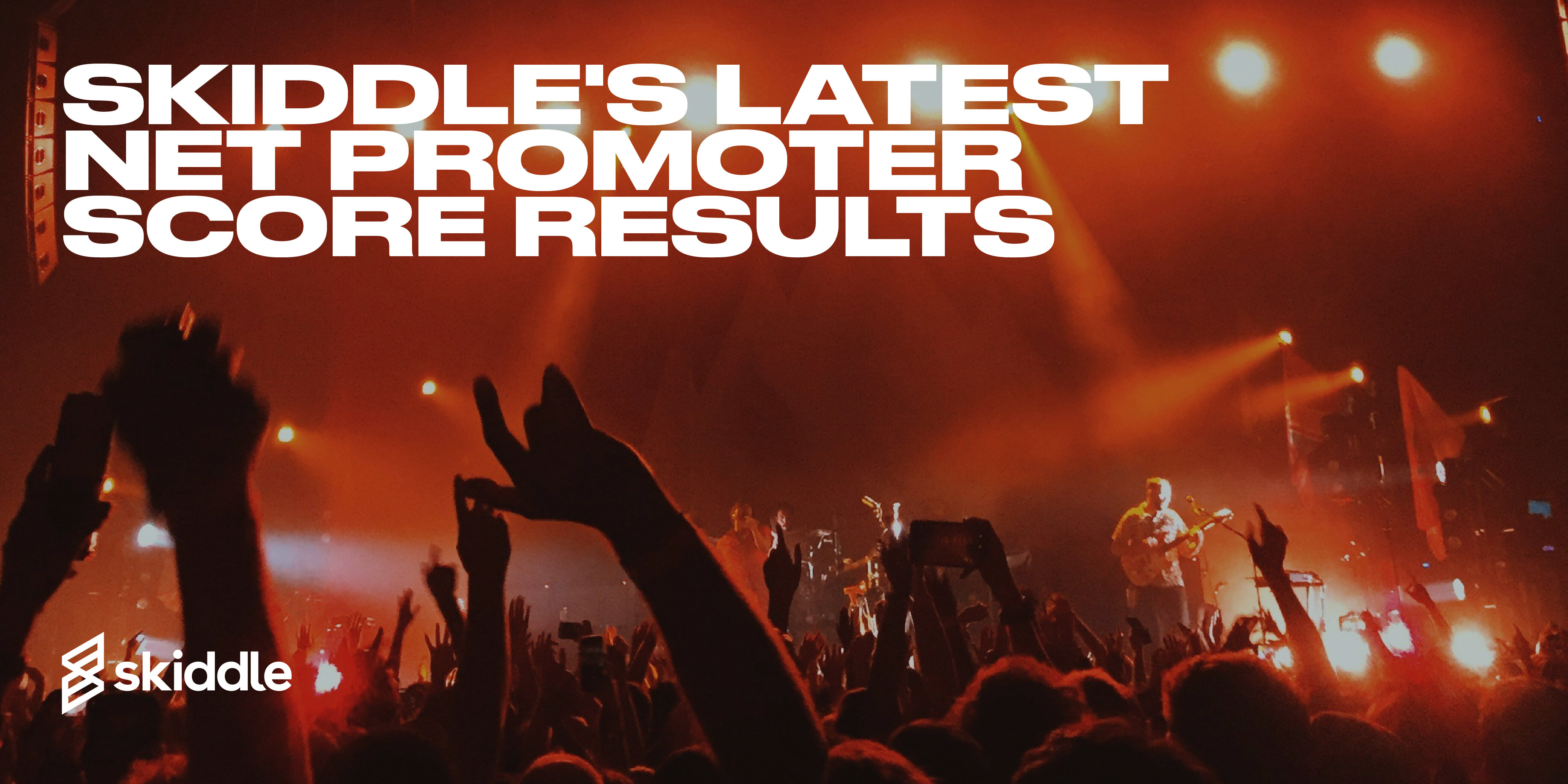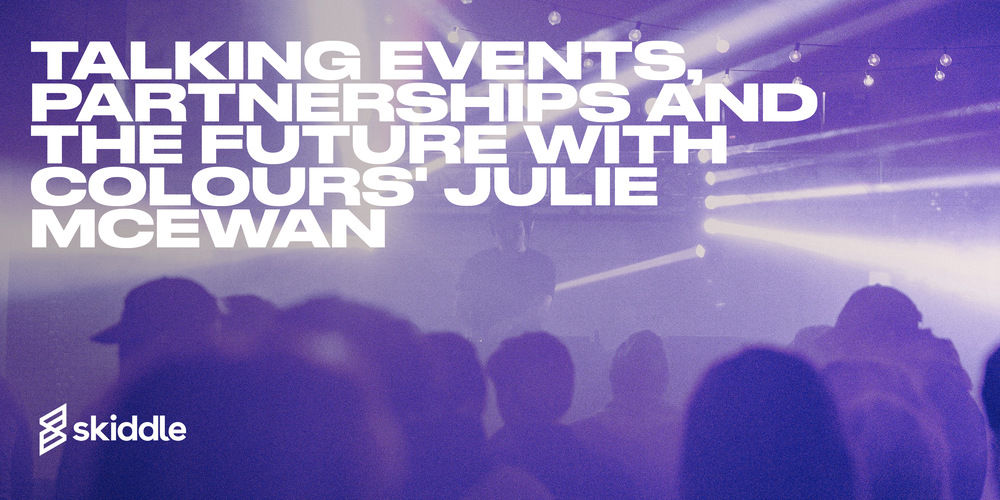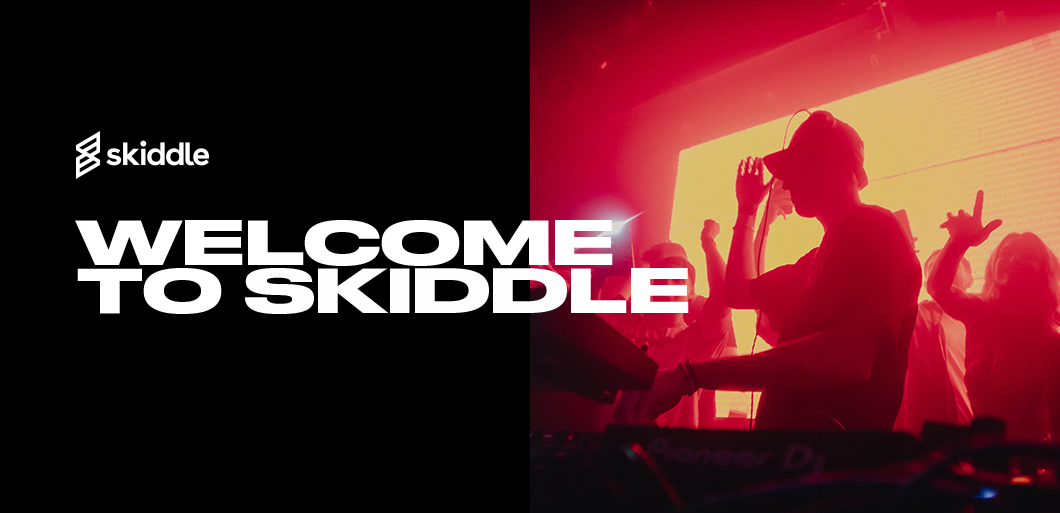- Event Promotion Tips
How to gain sponsorships and brand partnerships
-
By Ryan Moss
- 09 Jan 2023
- 8 min read

Sponsorships and brand partnerships involve two businesses collaborating on a project to add value to their respective brands.
These ventures can help promoters achieve things they wouldn’t be able to independently, increase the reach of an event brand, help an event brand break into new markets, boost brand awareness and help strengthen links between businesses in the local community.
Brands that partner with or sponsor club nights can communicate to their audience that they’re on the cutting edge, reaching new customers as a result of the partnership.
In this article, we’ll show you the steps you need to take when securing sponsorships and brand partnerships for your event.
Think about the brands that align with your event
Thinking about the brands you want to collaborate with will be the first step in your process when securing sponsorships and brand partnerships. Here, it’s helpful to think about brands that operate in a similar area to you but aren’t necessarily direct competitors. For example, if you’re a club night that promotes underground musicians, electronic acts, performers from a niche genre or an underrepresented part of society, looking into a collaboration with an audio brand is a starting point.
Similarly, if you’re promoting an event in your local area – Bonfire Night, food festival, community event or Halloween – look into a collaboration with a local business in your town or village.
Make a list of the brands you would like to target and note their size and reach. Think about how they can help you, how you can help them and what you can achieve together. We’ll cover this in more detail later, but having an idea of this will help you in the long run. It’s crucial to have a few options, as the first pitch you send might not necessarily come off.
There are lots of brands out there, and not every brand partnership seems obvious at first glance, which comes down to the execution. However, narrowing your search down and focusing on brands that share something in common with your event will help you generate an idea and make the execution easier to communicate to your audience. If your customers can see that the partnership makes sense, they’ll be likely to engage or share it with their networks.
Decide how you want to bring your partnership to life
Once you’ve got an idea of who you’d like to collaborate with, you can begin to think about what you would like to do with a brand. This is where the collaboration will start to take shape, and there are several ways to bring a brand partnership or sponsorship to life.
Co-branding is a partnership with a brand that aims to create a new product or enhance an existing one. In the last section, we mentioned a club night collaborating with an audio brand. The result of a partnership like this could be a day of music workshops for young and underrepresented people in the community. Here, both parties have collaborated to deliver something new (the workshops), and both brands are enhanced by way of organising something of value (the music skills) for people.
Sponsorships are another way of executing brand collaboration. The slight difference between a sponsorship and a partnership is that the latter advertises a partner brand through an event.
An established local business sponsoring a family food festival or providing equipment for a bonfire night event are two examples where both parties gain value. It also strengthens the links between businesses in the local area. Once an initial connection is made, it could mean that both parties agree to a regular sponsorship deal. As the promoter, you’ve made sourcing a part of the event easier and the sponsor benefits from being seen as a business committed to giving back to the community they are based in.
Nail the pitch
Once you’ve researched suitable brands for your partnership and thought about how you’ll execute the idea, it’s time to get in contact with a brand and make a pitch. It’s worth noting that the process might not be this smooth or that the initial contact might look a bit different. You might be introduced to someone from a brand in person or at an event. Regardless of how the intro happens, you’ll need to pitch the idea.
The pitch is where you can promote the value of your event. Be confident in what you can bring to the table. After all, if you’re running a popular club night known for playing niche genres, the brand that you want to work with will be receiving part of the cultural capital you’ve built up. This is popularity money can’t buy, and the fact that you can bring people together under the banner of music is a big strength.

This can be a starting point for why the brand should work with you. If it’s a bigger name, they’ll likely be inundated with partnership offers. So, your pitch needs to stand out. The same rings true on any level, too. The partnership needs to be valuable to both parties to be a success.
If you’ve partnered with other brands on a smaller scale in the past, use that in your pitch. Similarly, ensure that you communicate where the gap in the market is for what you’re proposing.
The example of music workshops we used earlier could be appealing to brands. It gives them the chance to attach their name to a community project that brings people together. The brand’s reputation will be enhanced if the execution is correct.
Sign off the pitch with the next steps, ideally an in-person meeting. However, a preliminary meeting or a video call could work. When you send the email, ensure that the subject line is concise.
Nurture the connection
Don’t just stop once the sponsorship or partnership has ended. Analyse the results of your collaboration and determine if it was a success. If it’s successful, see if you can expand on what you’ve done with the brand.
If the brand is interested in another collaboration, try and do something that expands the scope of your previous partnership. You’ll have likely gained trust from them, so they’ll know you can deliver. An expansion might mean running an event over several days instead of one or running different events that fall under the same umbrella as your original one.
It helps to keep positive relationships with brands when partnerships don’t work out. It might’ve been something as simple as timing that meant you couldn’t execute an idea, so severing the tie, no matter how tenuous, won’t help. An opportunity to work with a brand that turned you down one year might come around the following year, and good relationships are crucial to business.
Brand partnerships and sponsorships can ultimately increase visibility for your event, allowing you to do things you couldn’t do independently. So, nurture the relationships and be ambitious. You could end up expanding your event into something you never dreamed possible.
Got a question you need an answer to?
Give us a call on 03333010301 or ask us a question over on the Skiddle Promoter Twitter account by clicking or tapping on the button below. Alternatively, you can also find a list of our most frequently asked questions over at https://help.promotioncentre.co.uk
















